Is a Vitamin D deficiency holding you back from living unstoppable?
When fall comes and days begin to get shorter, you might find yourself soaking in as much sun as you can. You’re not alone. 40% of Americans are Vitamin D deficient. When you consider how important Vitamin D is to living a long, active and happy life, it’s no surprise that Dr. Jack, Founder and Chief Medical Officer of IVme Wellness + Aesthetics, ranks it high on his list of health priorities.
About Vitamin D
Vitamin D is actually a hormone, but is well-known as a fat-soluble vitamin. Vitamins are obtained from external sources, i.e. diet or supplementation, while hormones are manufactured internally by our bodies. When Vitamin D was first discovered, it was found as a component of cod liver oil and was only found to be produced by our skin some years later. This is why the hormone is known as a “vitamin.”
We obtain 90% of our Vitamin D from the sun and 10% from our diet and supplements. This important nutrient is necessary for developing and maintaining healthy bones. Research also links Vitamin D deficiencies to lack of energy, depression, mood swings, and some chronic diseases. And more recently, Vitamin D deficiencies have been associated with an increased susceptibility to infection and increased risk of COVID-19.
How much Vitamin D do I need?
The Recommended Daily Allowance of Vitamin D for adults is between 600 and 800 IU/day. However, Dr. Jack likes to remind us, “when the RDA levels were delineated for various vitamins, minerals, and nutrients, they were formulated based on the bare minimum necessary to treat the issue for which they were discovered. For example, the RDA for Vitamin C is the amount needed to prevent scurvy, a skin disease. It was only later found that at much higher doses, Vitamin C can treat and/or prevent numerous other diseases and conditions such as EBV (mono), HSV (Shingles), and some cancers”. The important lesson is that RDA levels don’t always align to optimal health.
How can I get Vitamin D?
The best way to obtain Vitamin D levels is through sensible sun exposure, “about 10 to 15 minutes or so of unprotected sun exposure to your arms, legs, abdomen and back. After that, follow up with good sun protection, like a 30-SPF or higher sunblock”. (Source: How Much Time in the Sun Do you Need?, US News + World Report)
Unfortunately, for those of us that live north of the 37-degree-latitude line (yes, that includes Chicagoland and Milwaukee!), we can’t get enough sun exposure during the winter months to attain healthy Vitamin D levels. Diet can help, but how likely are you to eat 30 ounces of cod a day to get just 400 IU? Exactly!
That’s why Vitamin D supplementation is so important for midwesterners. This can come in the form of D2 or D3 and through daily oral vitamins or monthly injections.
About Vitamin D treatments at IVme
If you know Dr. Jack, then you know nothing excites him more than helping his patients live healthy lives. If you’ve been in to see us recently, then you also know Dr. Jack can’t stop talking about the importance of Vitamin D which is why IVme offers Vitamin D3 intramuscular (IM) shots to help prevent or address deficiencies.
Because there are risks associated with too much Vitamin D, a treatment plan will start with a lab draw to determine your current levels. The results take about one to two days and are used to identify if a deficiency exists and detmerine the appropriate dosing levels for you. A medical history review is also completed (or updated for returning patients); be sure to report all medical conditions, medications, supplements, allergies and other health-related details at each visit.
The normal range for D3 levels is between 30-100 nanograms per milliliter (ng/mL), with optimal levels being 50-60 ng/mL. IVme will treat patients with levels 70ng/mL and below, and recommend the appropriate dosing level according to your baseline measurements. A treatment, Vitamin D3 shot, once a month for three months in a row is recommended followed by another lab draw four months from your first shot. This follow up lab draw will be used to determine if a deficiency still exists and whether or not dosing levels should be adjusted.
The IVme difference
IVme gives intramuscular shots, aka IM shots, as a safe and easy option to prevent and eliminate deficiencies. Our medical staff administers over 13,000 IM shots a year following the same best practices and protocols practiced by top medical offices across the country. Our staff excels when it comes to helping you determine the best shot for you and then administering the treatment with a gentle touch.
We recommend administering IM shots into the ventrogluteal muscle, but for those uncomfortable with exposing their hip in the private procedure room, you can opt for the deltoid muscle. IM Shots take about 5 to 10 minutes.
[/et_pb_text][/et_pb_column][/et_pb_row][/et_pb_section]

